We all want our children to grow to full independence; be able to cater for themselves and participate in essential life skills as soon as possible. Once this happens, there is a relief for the parent as well as a boost in self-esteem for the child.
Life skills such as using cutlery, tying shoelaces, drawing, writing and cutting with scissors are fine motor activities for preschoolers. Without the ability to complete these everyday tasks, a child’s self-esteem can suffer, their academic performance is compromised and their play options are very limited.
It may also affect the development of appropriate independence in life skills (such as getting dressed and feeding themselves) which can affect their social well being within their family and peers.
Examples of Fine Motor Activities for Preschoolers
Fine motor skills involve the use of the smaller muscle of the hands, commonly in activities like using pencils, scissors, construction with Lego or Duplo, doing up buttons and opening lunch boxes.
Some activities that require the use of fine motor skills for preschoolers are:
- Pencil skills (scribbling, colouring, drawing, writing)
- Scissors skills (cutting)
- Construction skills using Lego, Duplo, puzzles, train tracks
- Doll dressing and manipulation
- IT use (e.g. mouse and stylus manipulation)
- Dressing – tying shoelaces, doling up sandals, zips, buttons, belts
- Eating – using cutlery, opening lunch boxes and food bags
- Hygiene – cleaning teeth, brushing hair, toileting
Is your child struggling with the use of fine motor skill?
According to Kid Sense, here are signals to watch out for if a child is struggling with the use of fine motor skill:
- Avoidance and/or disinterest of fiddly finger skills (and tasks listed above)
- Preferring physical activity (again to avoid sit down tasks)
- Interest in “passive” activities such as IT (e.g. watching TV an iPad that don’t require fine motor skills)
- No interest in pencil or scissors skills
- Being “bossy” in play and asking others to “draw a cat for me”
- Not persisting in the face of a challenge (e.g. asking parents to fix a problem without physically trying to fix it themselves)
- Waiting for parents to dress them or clean their teeth rather than trying themselves
- Refusal to use a stylus with the tablet
10 Fun Fine Motor Activities for Preschoolers
So, what are some of the fun fine motor activities for preschoolers? Let’s begin.
- Weaving around the cardboard
You simply cut out a heart using cardboard or an unused carton of paper. Ensure the heart has a big heart hole in it. Then, give your child a long thread and let him or her weave the thread around the heart. This activity uses a simple sewing and weaving method that brings about a beautiful result after the job is completed.
This fun fine motor activity for preschoolers is fantastic for hand-eye coordination, fine motor skills and concentration.
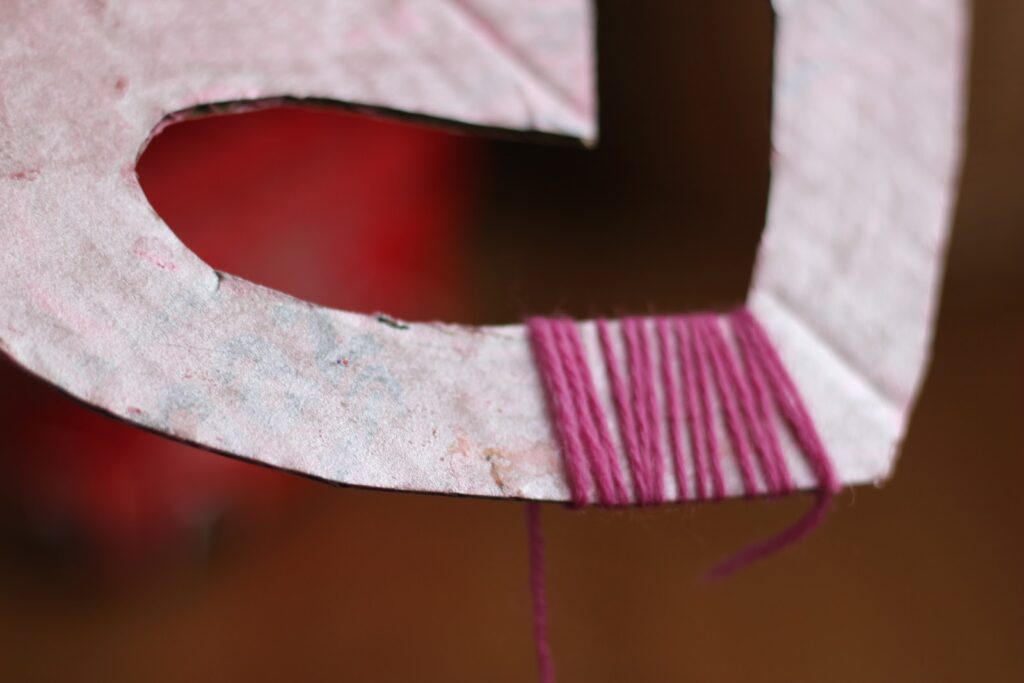
- Water painting on coloured chalk
This is beneficial if your child loves to paint. Water painting makes it easy to clean off the surfaces after your child is done. The process of painting helps your child’s imagination. This fun fine motor activity for preschoolers will also build creativity while developing his or her fine motor skill.
- Beads on spaghetti
Simply prepare some long uncooked spaghetti and play dough. Also, prepare a box of colourful threading beads. Then, guide the child to insert a few of the spaghetti into the dough.
You can then let the preschooler determine the number of beads to be inserted into one strand of spaghetti.
This fun fine motor activity for preschoolers is fantastic for developing fine motor skills, practising counting, recognising numerals and making simple patterns in a hands-on, open-ended way.
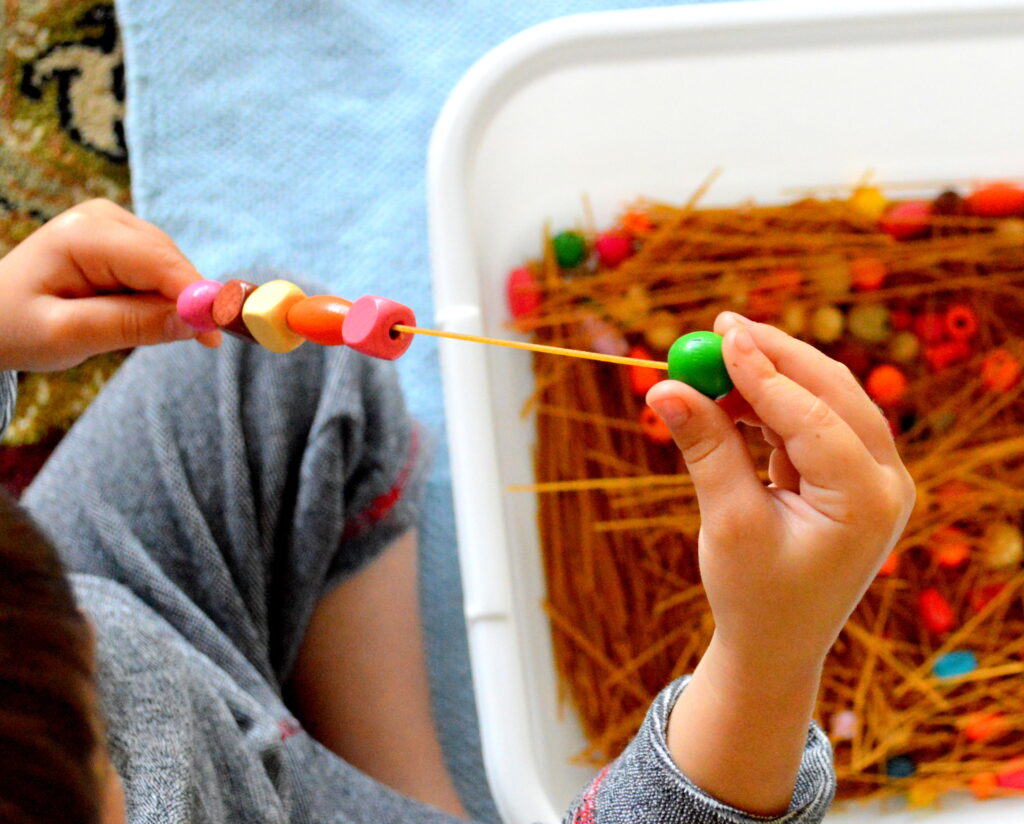
- Colour Drop Game
You can actually make this game yourself. It helps kids learn their colours in addition to fine motor skills. Simply puncture holes around the lid of a jar and colour the entrances. Gather crayons of different colours and let your child drop crayons that match the colour of the hole.
- Working with Legos
Working with Legos is another fun fine motor activity for preschoolers.
Legos are small building blocks made of plastic that your children can use to build. Children simply put together small building blocks to bring to life their imagination.
Using LEGO bricks is the perfect opportunity for building fine motor skills! Children love the thrill of building and they can do this for hours, building up strong little muscles in their hands that will help them do other skills, such as learn how to write.
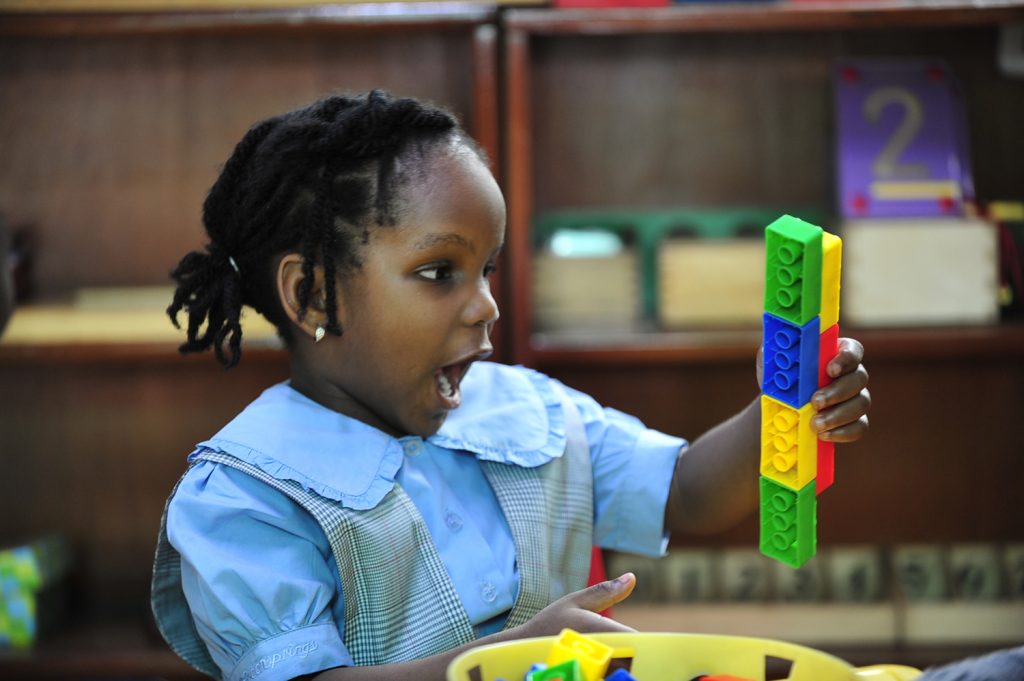
- Woven Paper Placemats
Children’s little hands get quite the workout as they weave paper under and over to create a pretty placemat. You can laminate these when they are done and use them for meals. This requires coordination as the child is not to make an under weaving twice.
- Homemade edible finger painting
Simply prepare a set of non-toxic, edible painting brushes the children can draw with.
Here is how to do it:
Items needed:
* 2 cups of cornflour
* 1 cup of cold water
* 4.5 cups of boiling water
* Liquid food colouring
Method:
Mix the cornflour with the cold water and stir together. Pour in the boiling water and stir between each cup. Keep stirring until it forms a wonderful, custard-like substance.
Then separate it into individual jam jars before adding colouring, but you can do it however you like and this is the stage to add colour.
Once this is ready, prepare a clean surface and the painting brush; then let the children draw. Children like to bring to life whatever they imagine. The process of holding the painting brush to paint helps to develop fine motor skills of preschoolers.
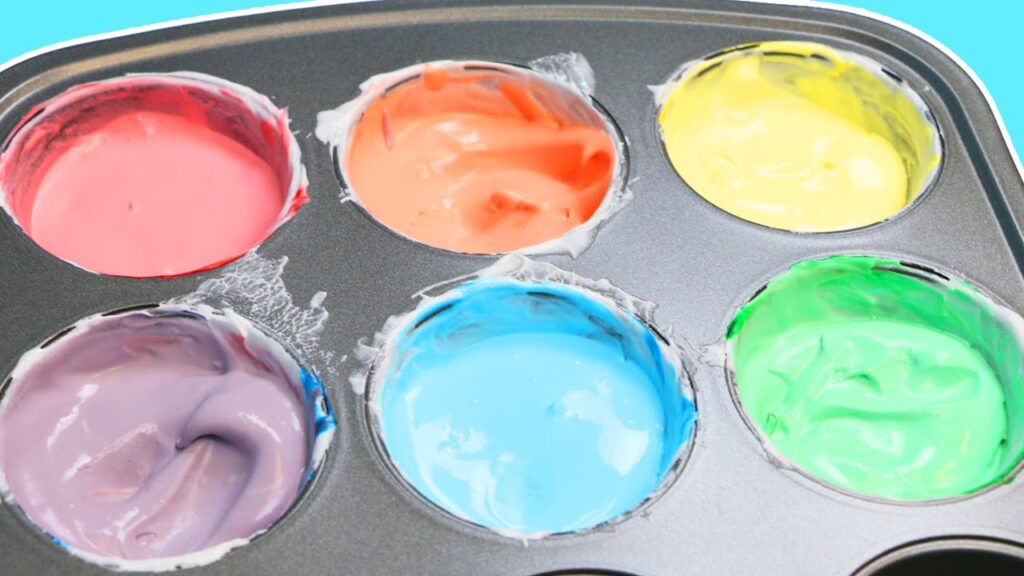
- Stacking Cups
Gather lots of small cups in different colours and let your child arrange them to form a huge pyramid that will make only one cup to remain at the very top. The challenge is to arrange delicately without the cups falling apart.
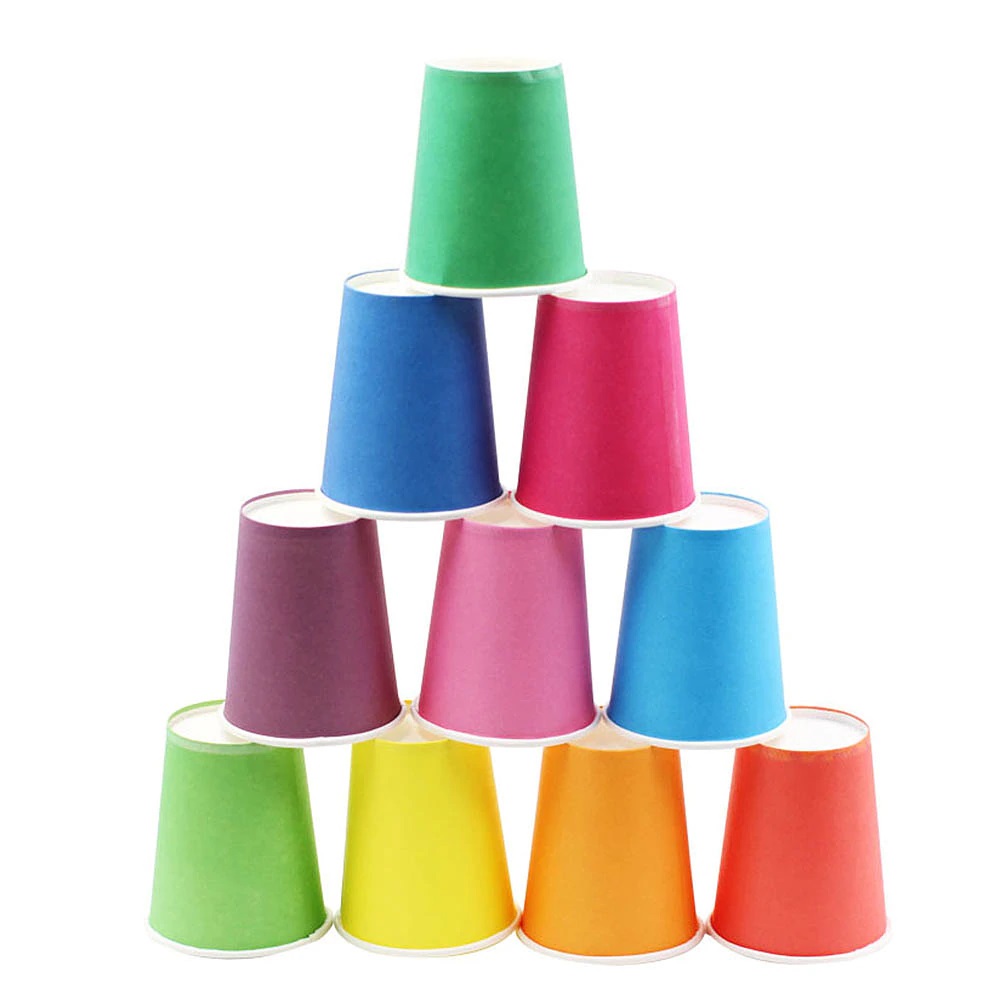
- Sorting natural pebbles
Simply purchase natural pebbles from a local store near you. Alternatively, you can use small stones of different colours, shapes and sizes, and then mix them in a basket.
Next, prepare different bowls for sorting. Once this is done, guide your child into sorting them based on colour. Afterwards, guide the preschooler to sort based on texture then size.
You have to be there when your child is sorting out the pebbles into different bowls because the pebbles are small and a child can easily swallow them. You may also guide the preschooler to arrange the pebbles in a straight line.
The process of picking up the pebbles and feeling the texture helps in developing the fine motor skill of the preschooler.
- Pushing Toothpicks
This particular fun fine motor activity for preschoolers is not only very simple and easy for any child but also helps with a child’s concentration while doing so. We just love easy fine motor activities! This one requires 2 supplies and is pretty easy to take anywhere.
All you need is toothpicks and the toothpicks containers with holes. Simply let your child return the toothpicks into the container through the small holes.
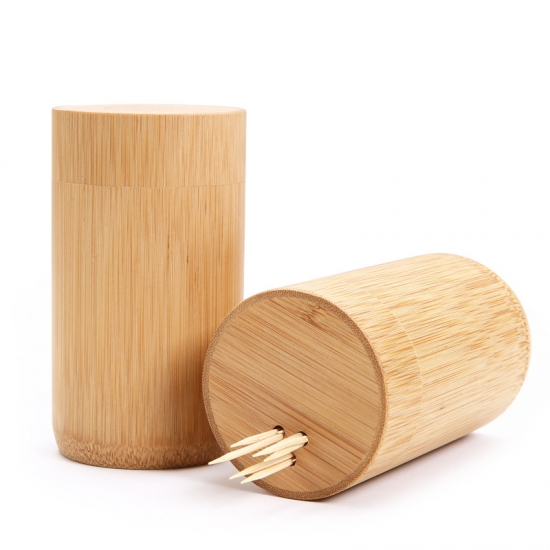
These 10 fun fine motor activities for preschoolers will strengthen your child’s fine motor skills which are needed to function optimally later in life.

